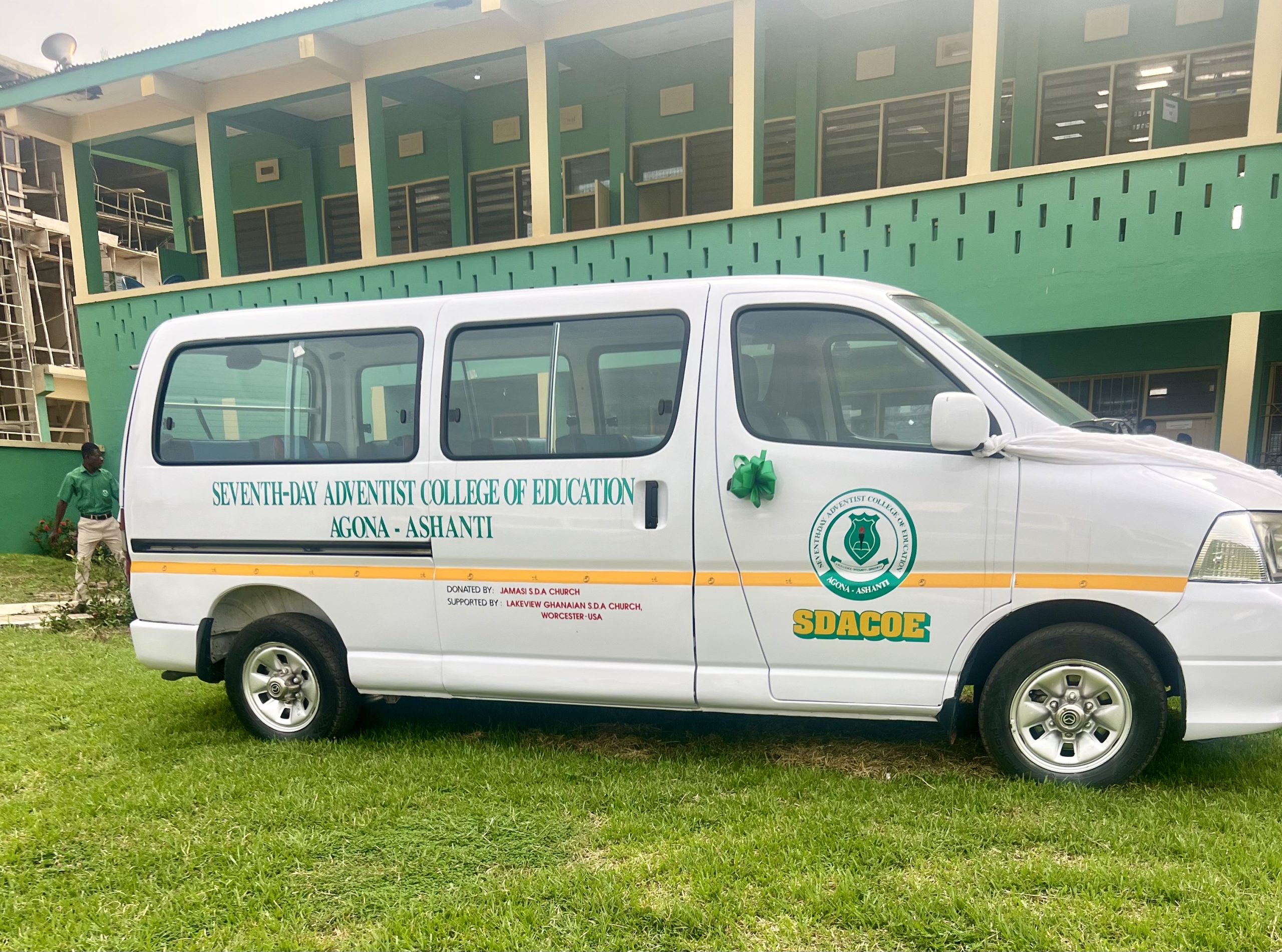Experiments involve conducting a scientific investigation to test a hypothesis or answer a research question. They are often conducted in a laboratory or controlled environment and involve manipulating variables to observe their effects. Experiments are commonly used in science education to teach students about the scientific method, data analysis, and critical thinking skills.
Hands-on activities, on the other hand, are interactive learning experiences that allow students to physically engage with the subject matter. These activities can include building models, conducting simulations, or participating in group projects. Hands-on activities are often used in STEM education to help students develop problem-solving skills, creativity, and teamwork.
While experiments and hands-on activities both involve active learning, they differ in their focus and approach. Experiments are more structured and aim to produce specific results, while hands-on activities are more open-ended and encourage exploration and discovery. Both approaches have their benefits and can be effective in teaching different concepts and skills.
Thebenefits of hands-on approach to teaching include:
- Active engagement: Hands-on activities require students to actively engage with the subject matter, which can lead to better retention of information and deeper understanding of concepts.
- Enhanced problem-solving skills: By participating in hands-on activities, students are encouraged to think critically and develop problem-solving skills.
- Increased creativity: Hands-on activities often involve a degree of creativity, which can help students develop their imagination and innovative thinking.
- Improved teamwork: Many hands-on activities involve group work, which can help students learn how to work collaboratively and communicate effectively with others.
- Real-world application: Hands-on activities often simulate real-world scenarios, which can help students apply what they have learned to practical situations.
Overall, the hands-on approach to teaching can be an effective way to engage students and help them develop a range of skills that are essential for success in the 21st century.
Written By Nathaniel Ofori Duodu




